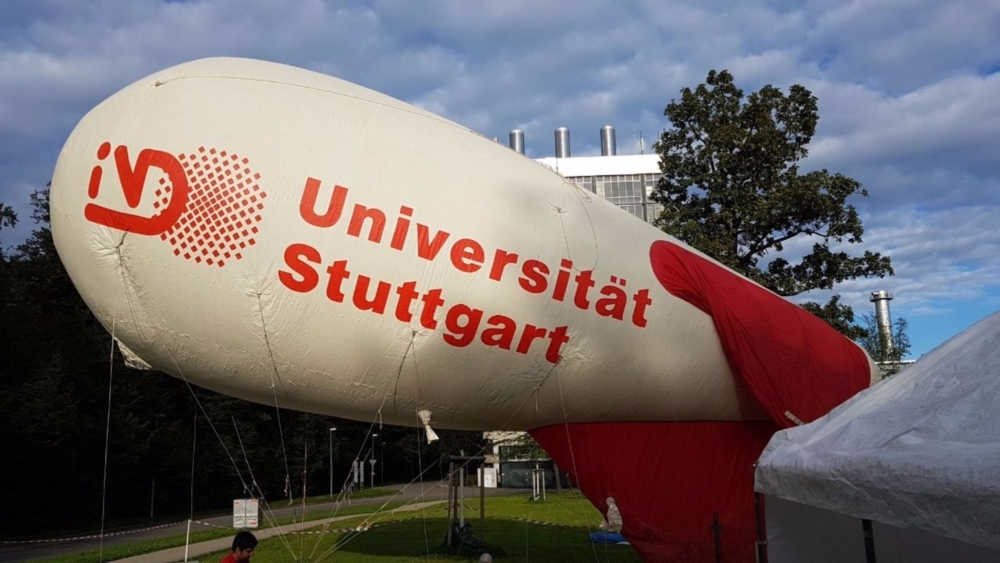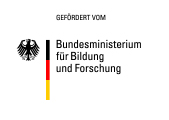3DO operates its first summer campaign (IOP 2)
In July and August, 3DO operated the second observation period (IOP 2) of a total of four campaigns in the cities of Berlin and Stuttgart, while the second IOP in Hamburg started on 16th of August and will be finished at the end of September. As in winter, meteorological variables and air pollutants are measured at different heights. These data sets are required to assess the performance of the new urban climate model currently under development in Module A of the programme.
In addition to wind, turbulence, air pollutant propagation,air temperature and humidity the participating scientists also measured surface temperatures of walls, floors, roofs as well as various surface materials. A further focus of the summer campaign has been the bio-climatological conditions important for health and well-being of the urban population. Vehicles and bicycles equipped with measuring instruments as well as people with heavily equipped backpacks have been on their way on various, predefined routes, e.g. in the vicinity of the Ernst-Reuter-Platz. These special backpacks are used to detect meteorological and air quality conditions pedestrians are exposed to in the streets. Measurement flights with fixed wings from the University of Augsburg and multicopters of the Leibniz Universität Hannover were carried out at three locations e.g. on the former airport Tempelhof. In contrast to winter, fog was not a disturbing factor, but stronger winds and gusts, some of which did not allow any ascent.
In Stuttgart, basically the same measurements were recorded as in Berlin, but with a different focus. Due to the complex terrain Stuttgart is located in, the focus was laid on thermally induced flow systems and air pollutant distribution. In addition to profile measurements by bicycle, cog railway and bus, a tethered balloon measurement system was used, to name only a few of the measuring platforms and systems.
In Hamburg the thematic focus is on the small-scale variability of the wind field in urban areas. The wind measurements are carried out around the HafenCity University at six different stations. These measurements are supplemented by a further 10 m measuring mast on a roof and by ground-based measurement of wind speeds with laser up to a height of 1000 m.
 |
 |
|
| Measurements with the Ecobot of the University of Innsbruck. © Ines Langer, Freie Universität Berlin 2017 | Multicopter of the Leibniz Universität Hannover in the air. © Ines Langer, Freie Universität Berlin 2017 |
|
 |
||
| Doppler radar measurements near Stuttgart. © Karlsruhe Institute for Technology, IMK - TRO 2017 | Fish Eye view of measurement station of the TU Berlin in Steglitz. © Chair of Climatology, Technische Universität Berlin 2017 |
|
 |
 |
|
| Measuring bike of the Technische Universität Braunschweig. © Ines Langer, Freie Universität Berlin 2017 |
Tethered balloon during measurement campaign in Stuttgart. © Abdul Samad, Universität Stuttgart 2017 | |
| Biomet-Station of the TU Berlin in the courtyard of the OSZ Körperpflege. © Chair of Climatology, Technische Universität Berlin 2017 |
Thermal cameras on the roof of the Institute of Mathematics TU Berlin; cameras installed from TU Dresden, TU Braunschweig and Universität Innsbruck. © Chair of Climatology, Technische Universität Berlin 2017 |

